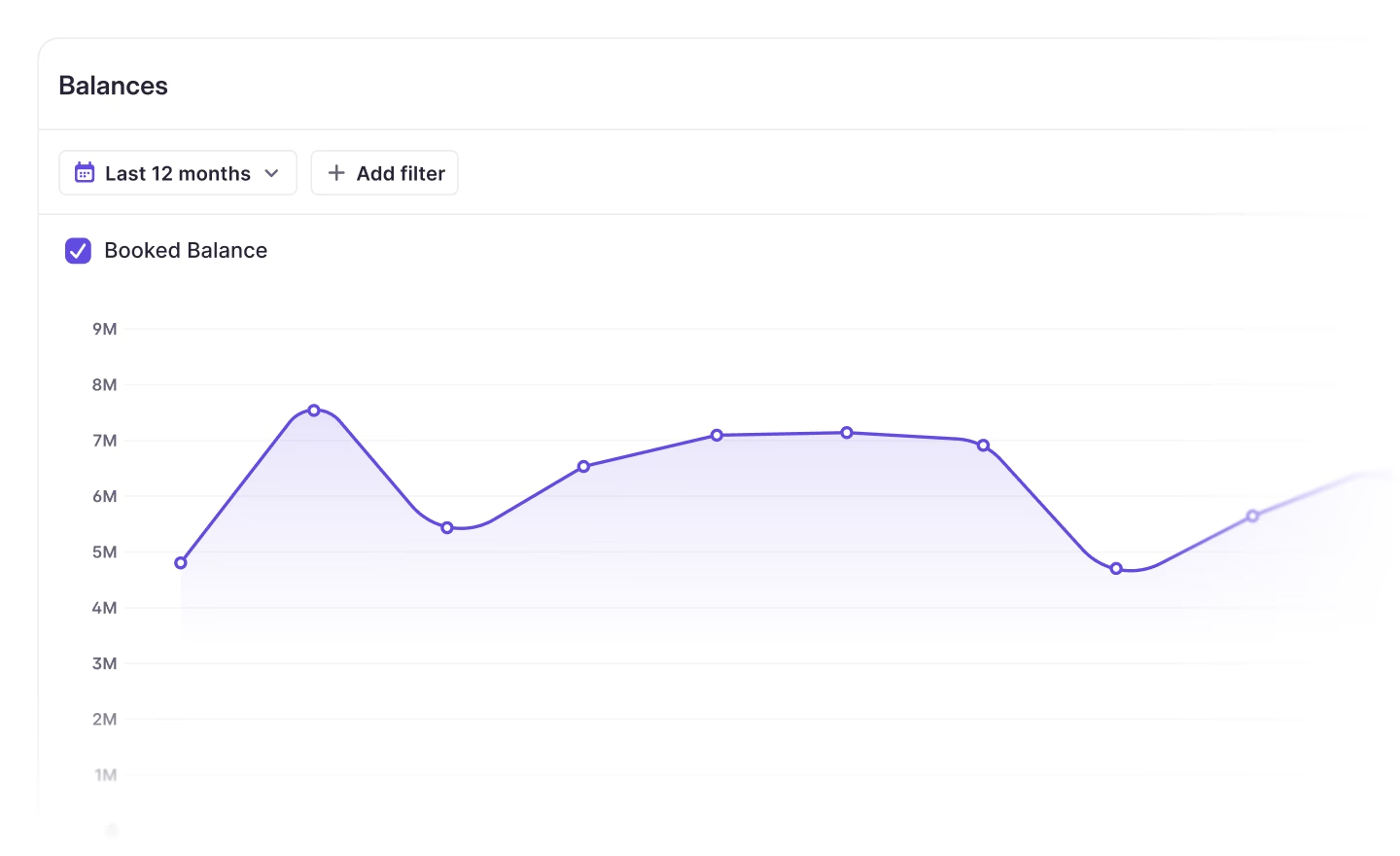What is cash management?
A crucial function within treasury management, cash management manages the inflow from sales or receivables, and outflow for expenses, payroll, and other operational costs.

Introduction to cash management
A crucial function within treasury management, cash management manages the inflow from sales or receivables, and outflow for expenses, payroll, and other operational costs. The goal is to maintain enough liquidity to cover short-term obligations, such as making payments on time.
Managing cash is a basic prerequisite for businesses of all sizes and it’s one of the most important activities performed by the treasury function. At its core, cash management is about understanding and reporting how much cash a company has now and will have in the future. This is essential in order to be sure that a company can meet its upcoming obligations and continue functioning and whether there is excess cash that could be used to further business objectives or invested on a short term basis.
There’s a key operational component here too, since the company’s cash should be readily available and in the right place when it’s needed. This means it's held in the right currency, located in the right bank account, and is used in line with internal policies and approval processes. Below are some of the key sub-functions of cash management.
Bank relationship management
Bank relationship management or bank account management involves deciding which banks to partner with and overseeing all company bank accounts. Generally speaking, the key objectives are to optimize fees, maximize interest earnings, and maintain operational efficiency.
Payment operations
When a company reaches a certain level of organizational complexity, its payment operations are often overseen by the treasury function. This makes it easier to control and analyze all of the payments that together make up a company’s inflows and outflows, including managing counterparties and setting up approvals within the payment release process.
Cash positioning
Cash positioning or cash reporting involves collecting and reviewing cash flow data in order to understand a company’s present cash position. It’s backward-looking in nature and the aim is usually to create reports that can be shared with internal or external stakeholders such as your management board, investors, and regulatory bodies. Our in-depth guide to cash positioning explains how it works in more detail.
Cash flow forecasting
Forecasting is a forward-looking reporting process that seeks to predict a company’s cash flow, usually up to thirteen weeks into the future. This information is then used to inform short-term cash management strategies. Financial planning teams may create longer-term forecasts to assess the financial impact of business decisions and ascertain what funds will be needed to achieve future goals.
Liquidity management
Liquidity management is not typically seen as a sub-function of cash management since it usually involves a longer time horizon and more types of liquid assets than purely cash. It is, however, a common next step that involves assessing and managing all of the liquid assets available to a company, of which cash is one alongside short-term investments, credit facilities, accounts receivable, and so on.

Cash management vs treasury management
Cash management is a sub-function of treasury management, though a central one. Treasury management refers to the mid-to-long-term management and optimization of a company's financial resources and risk. Cash management, on the other hand, focuses on ensuring there’s enough cash available to run your business day-to-day.
As well as cash management and its related sub-tasks, the treasury management function is typically responsible for activities such as managing debt and equity financing, investment management, foreign exchange risk management, and insurance management.
To learn more, read our guide comparing cash management and treasury management.
Cash management vs liquidity management
While cash management primarily focuses on the needs of the present or near-term future, liquidity management typically occurs on a longer time horizon and includes more types of liquid assets.
Cash management vs working capital management
Cash management describes the inflow and outflow of cash in your business. Working capital revolves around optimizing a company’s current assets and liabilities to help it operate as efficiently as possible. This includes managing its accounts receivable, accounts payable, inventory, and cash in line with a desired working capital ratio.
Key metrics for cash management
Cash conversion cycle
This measures how long it takes to convert investments in operations (ie payroll) into cash (ie from sales). There are several ways to shorten your cash conversion cycle. The most common is to simplify the payment process for your customers to make it easy for them to do so promptly.
Cash flow adequacy ratio
This metric determines whether or not you have enough cash to cover your upcoming expenses. A way to do this is to keep costs down, which can be achieved by hunting down and removing manual processes. A good place to start is your treasury function. For example, by streamlining your cash management with modern, real-time cash tooling.
Another way of improving your cash flow is with credit. But of course, this must be accompanied by a solid repayment plan and sufficient liquidity to meet payments and avoid defaulting.
Cash to current liabilities ratio
This assesses your ability to meet your short-term cash obligations. To ensure a high ratio, you must optimize your working capital management by minimizing excess inventory, negotiating better payment terms, and simplifying customer payments. The higher your ratio, the better your liquidity and the less you need to depend on external financing.
Cash burn rate
This indicates how fast you’re spending cash over a given period. This is especially important for startups that are working to achieve profitability. To improve your cash burn rate, you’ll need to ensure your cash inflow and outflow is optimized. You can do this by improving your revenue through sales or investors and or reducing your costs by identifying and cutting out non-essential expenses. Cash forecasting plays an important role here since projecting future cash needs will allow you to make informed decisions about budgeting and cash allocation.
Liquidity ratios
Liquidity ratios include both current ratio and quick ratio and provide a picture of your overall liquidity. As ever, you need to find a healthy balance between your cash and assets by ensuring inflows and outflows are optimized. You can also address temporary liquidity gaps through external financing. In this case, it’s important to maintain strong relationships with creditors to ensure timely loans at favorable rates.
Cash flow statement
The cash flow statement is traditionally seen as a vital component of cash management and particularly cash flow analysis, especially for larger companies. It provides a detailed picture of your cash flow over a specific accounting period to reveal how much cash is flowing in compared to how much is flowing out. It’s your barometer for assessing your business’s financial well-being. Internally, it will help inform decisions around key initiatives or budget management. Externally, it’s useful for investors to ascertain whether or not your business is a safe place in which to invest. The statement is usually made up of three sections: operating activities, investing activities, and financing activities.
How Atlar can help with your cash management
Atlar helps you understand your cash better and save hours every month by managing cash in a single platform that syncs with all your banks and ERP. You can track cash positions in real-time, analyze your cash flow over any time horizon, and create forecasts with accurate data using our user-friendly forecasting tools.
The team at Sellpy, Europe’s leading service for second hand items, uses Atlar to centralize its cash balances and manage payments in one place – without needing to use any engineering resources on implementing a new system or spend time on manual processes. Our Sellpy customer story describes how it took four weeks to get all bank accounts connected, saving the team 60 hours each week.
To learn more, explore our cash management solution or request a 30-minute demo with our team.
You can unsubscribe anytime.
Further reading
See Atlar in action.
Enter your work email to watch a live product demo.


